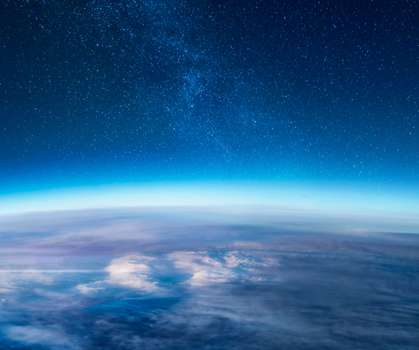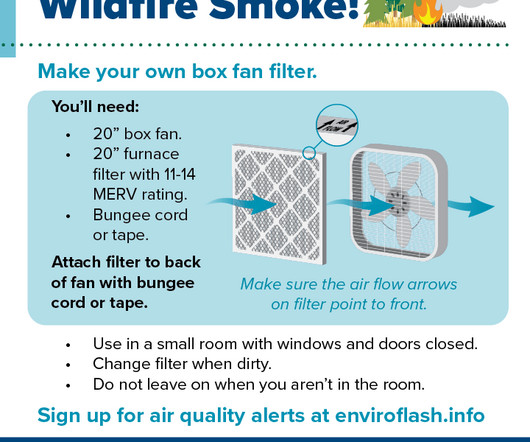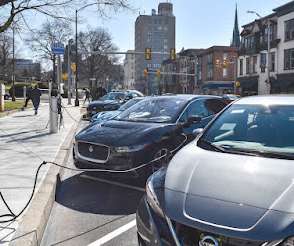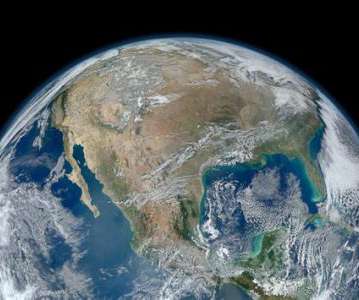What Exactly is Ozone? The Good, the Bad & the Ugly
Breezometer
DECEMBER 7, 2021
The protective ozone layer which exists in the upper atmosphere is vital to life on earth. While the status of our atmospheric ozone layer has been improving over the last few years, a ‘ hole ’ still reappears annually between August to October in the Southern Hemisphere. Good Ozone’: Our Essential Sun Shield. How is Ozone Created?













Let's personalize your content